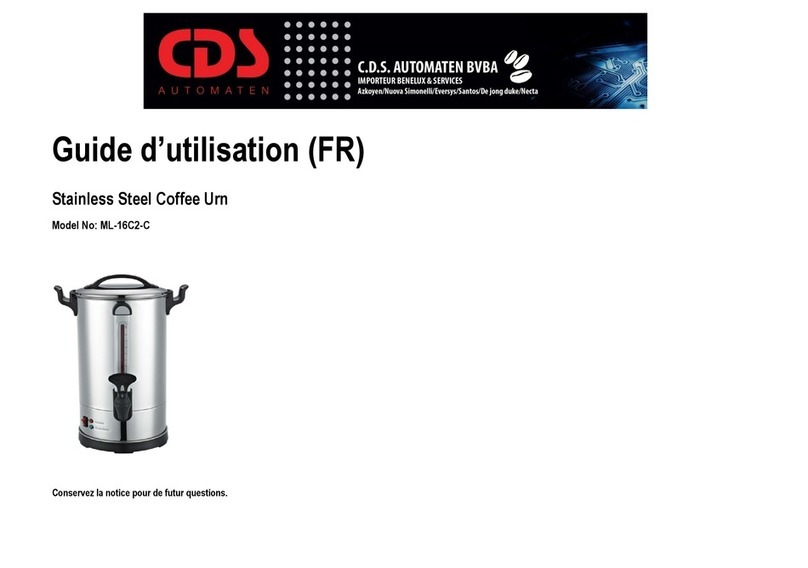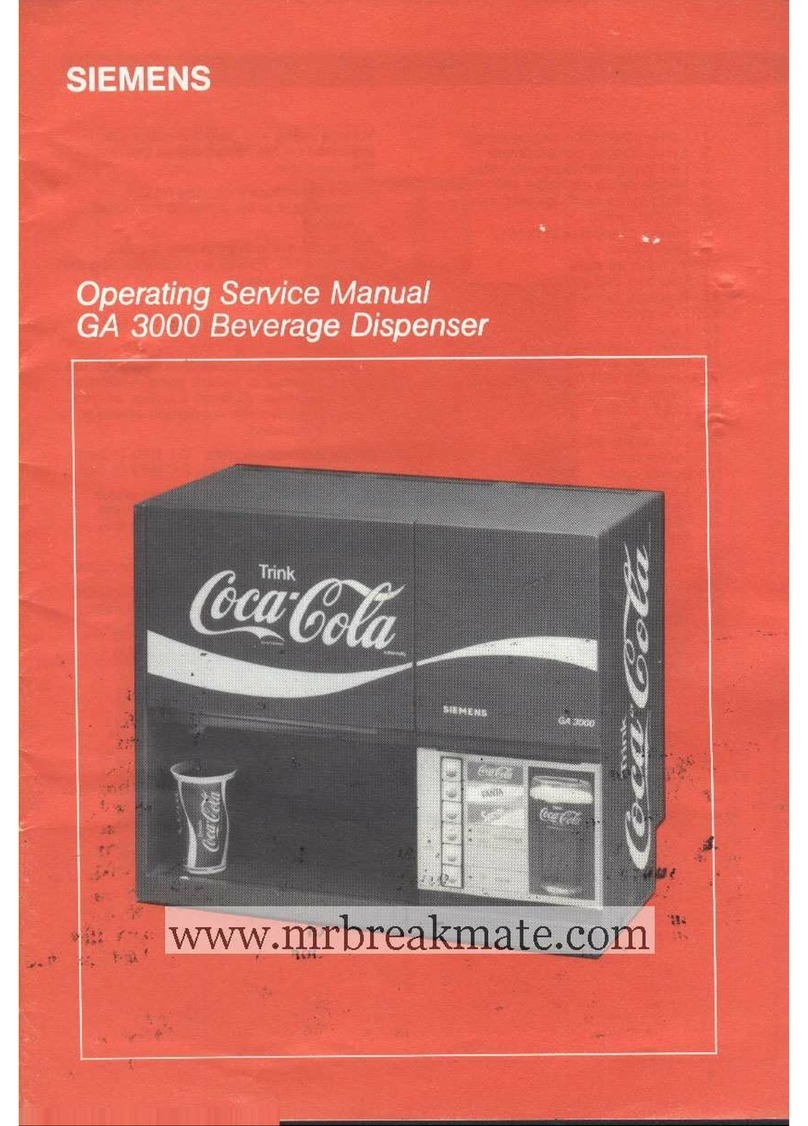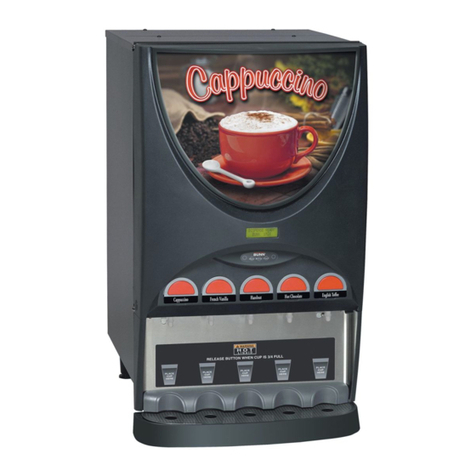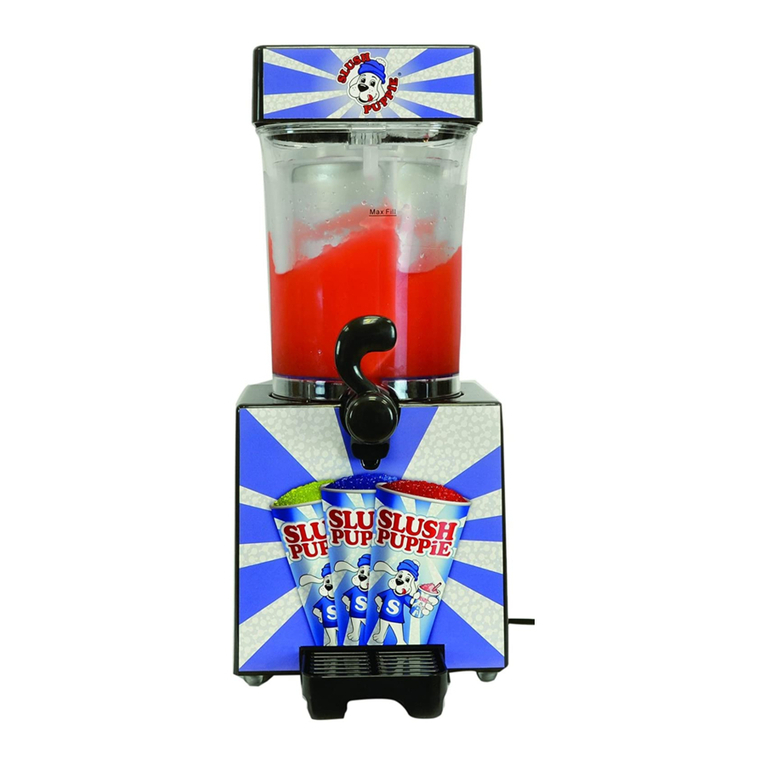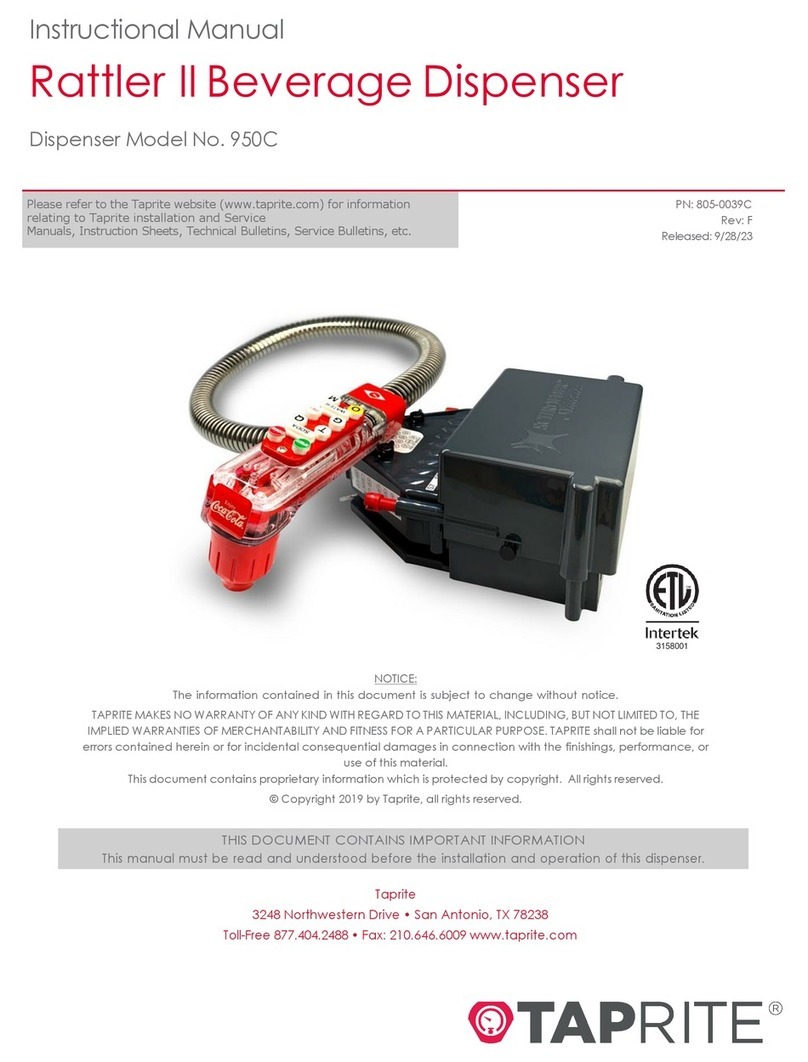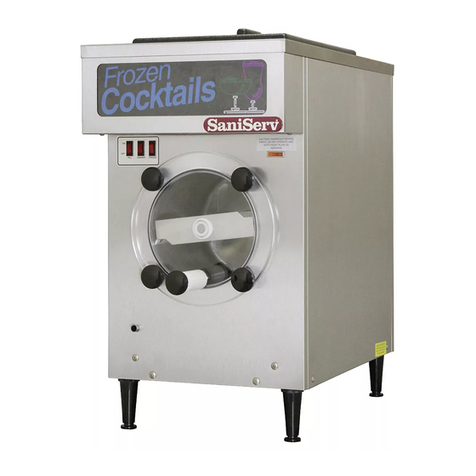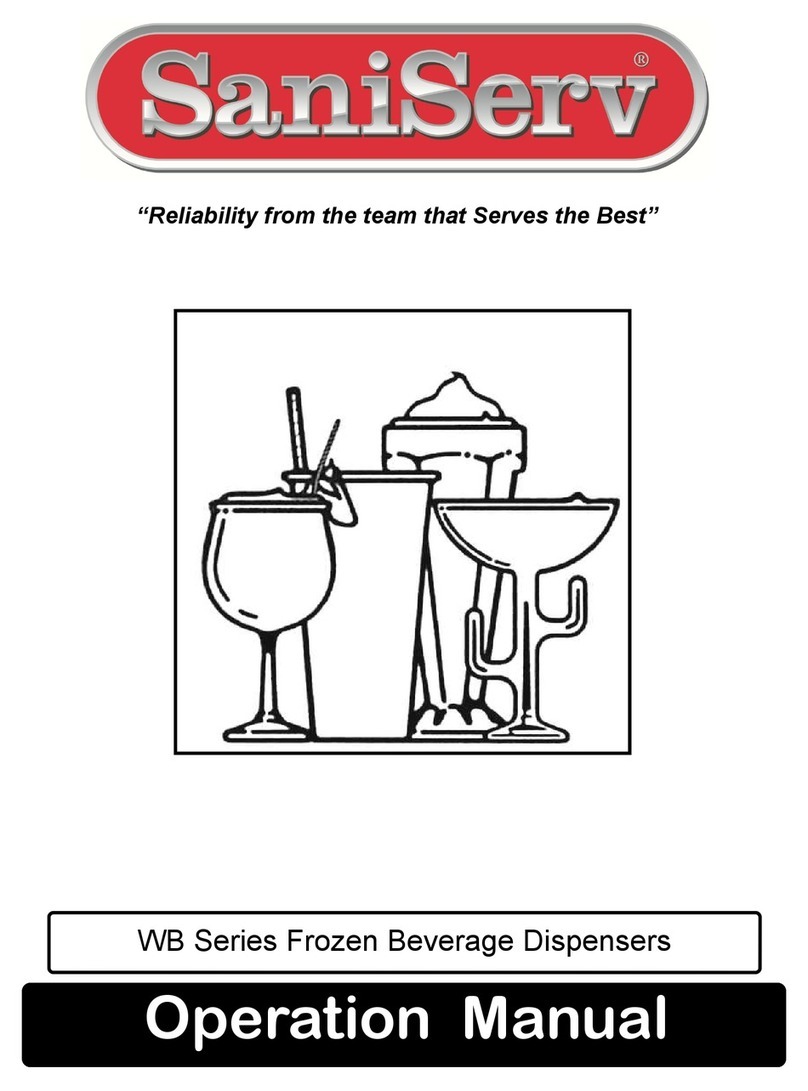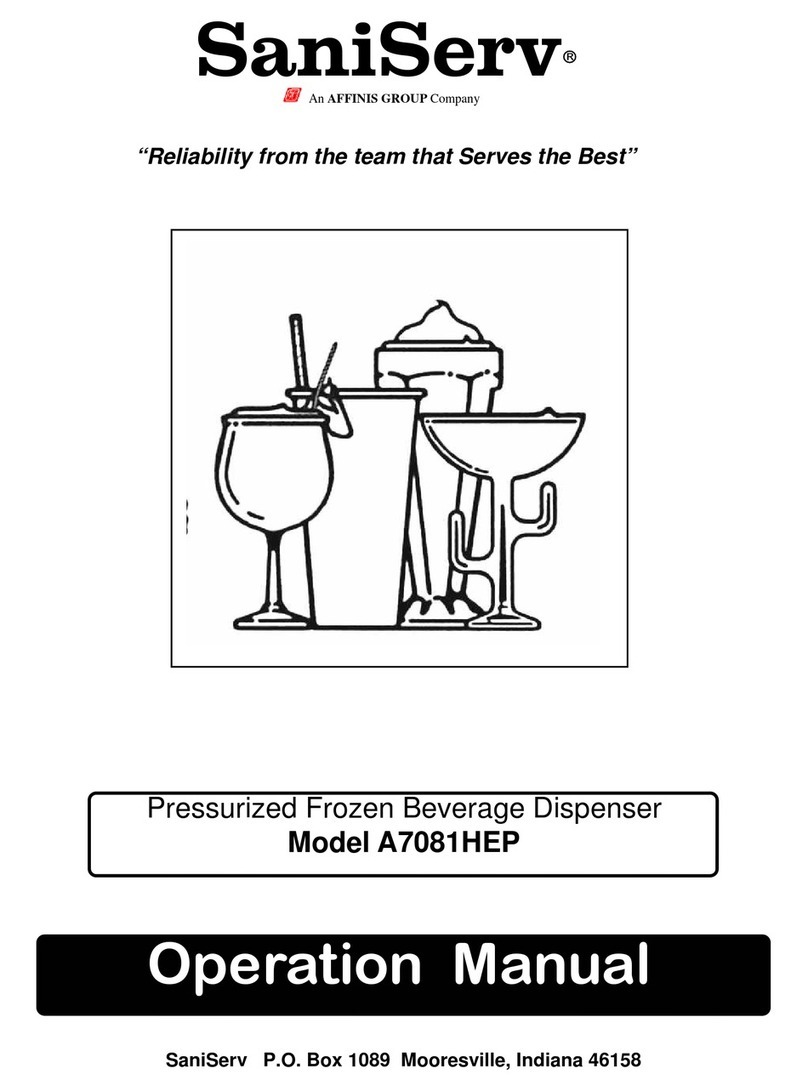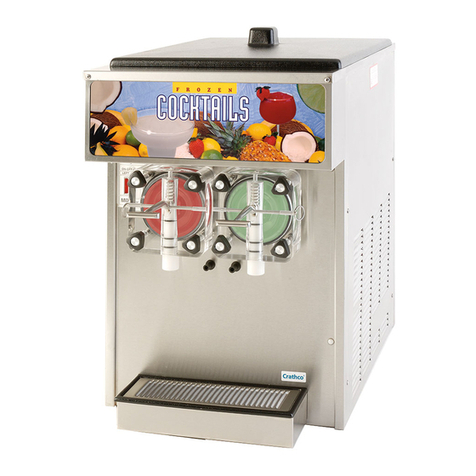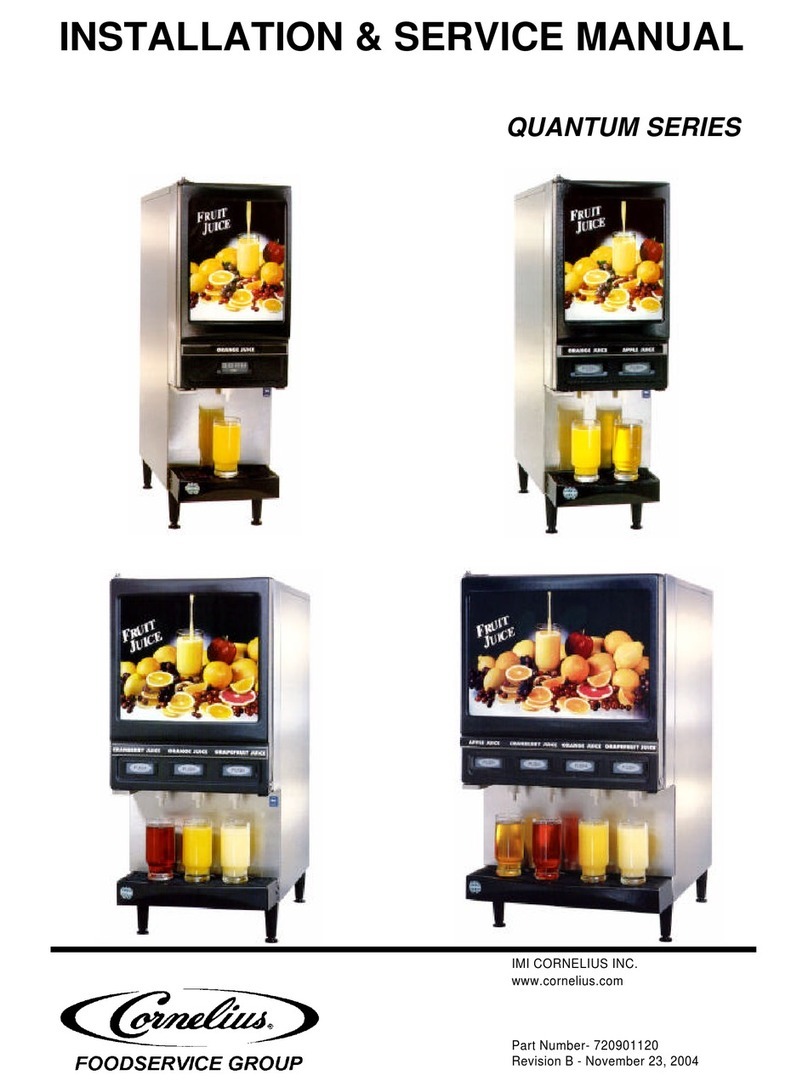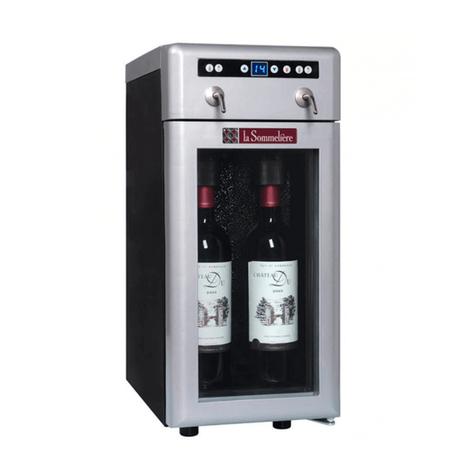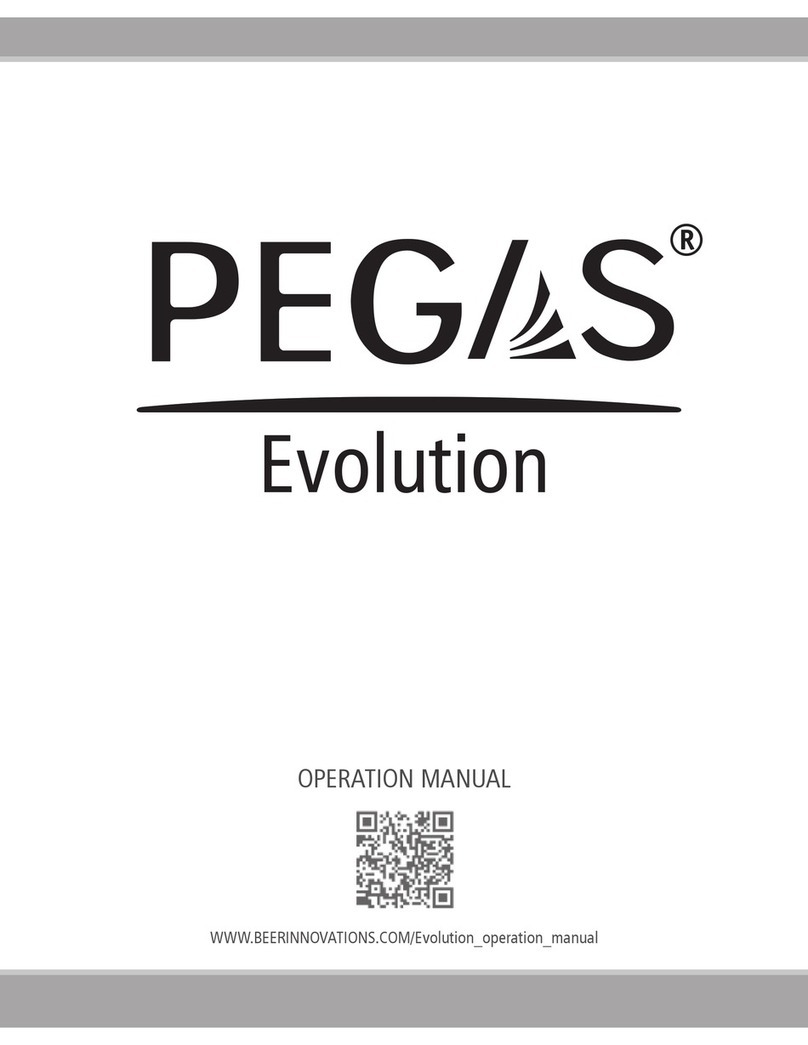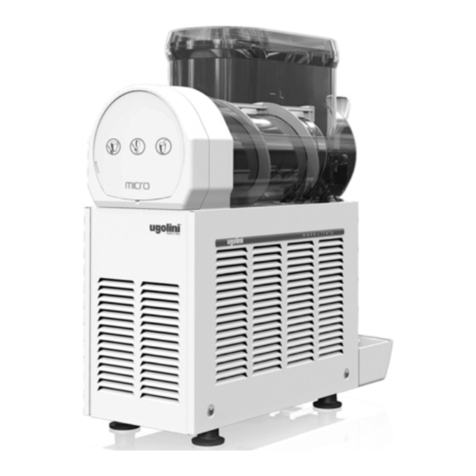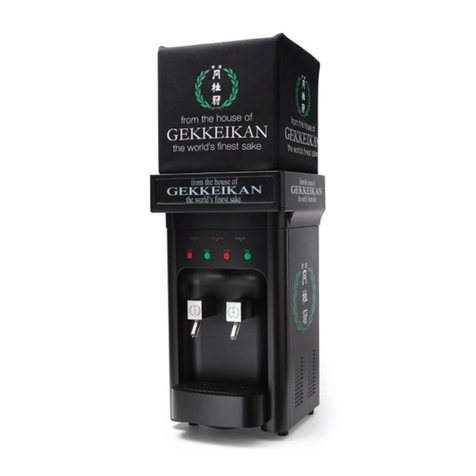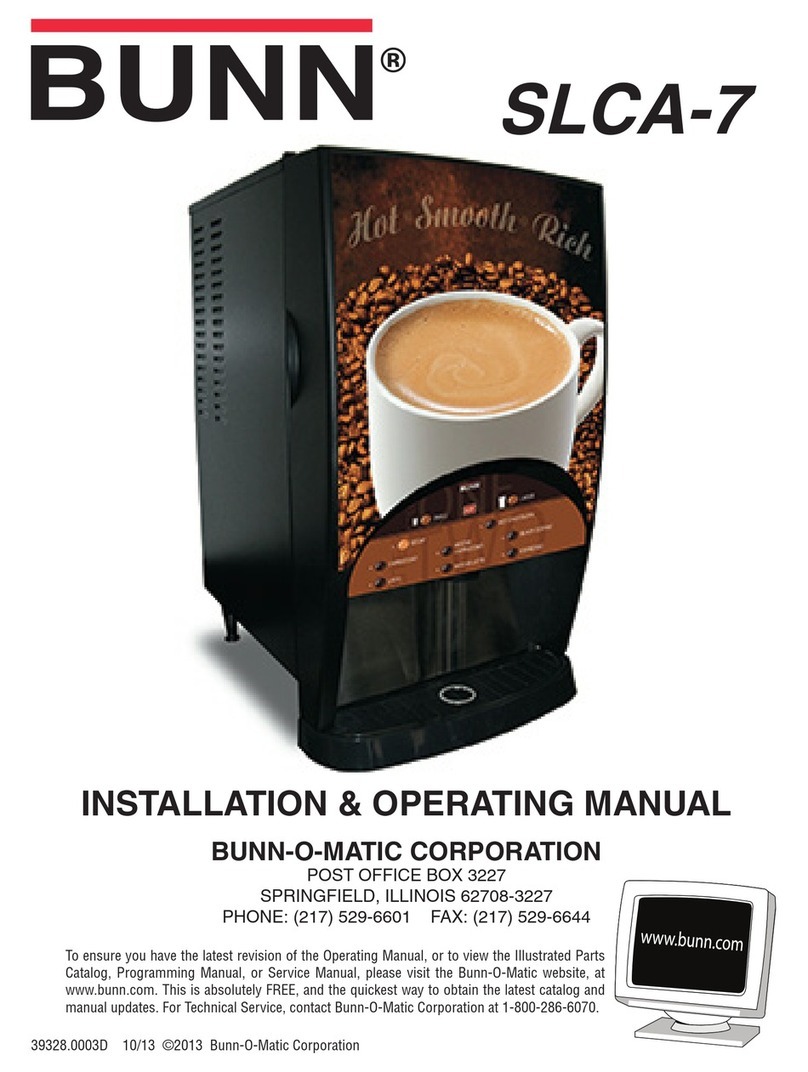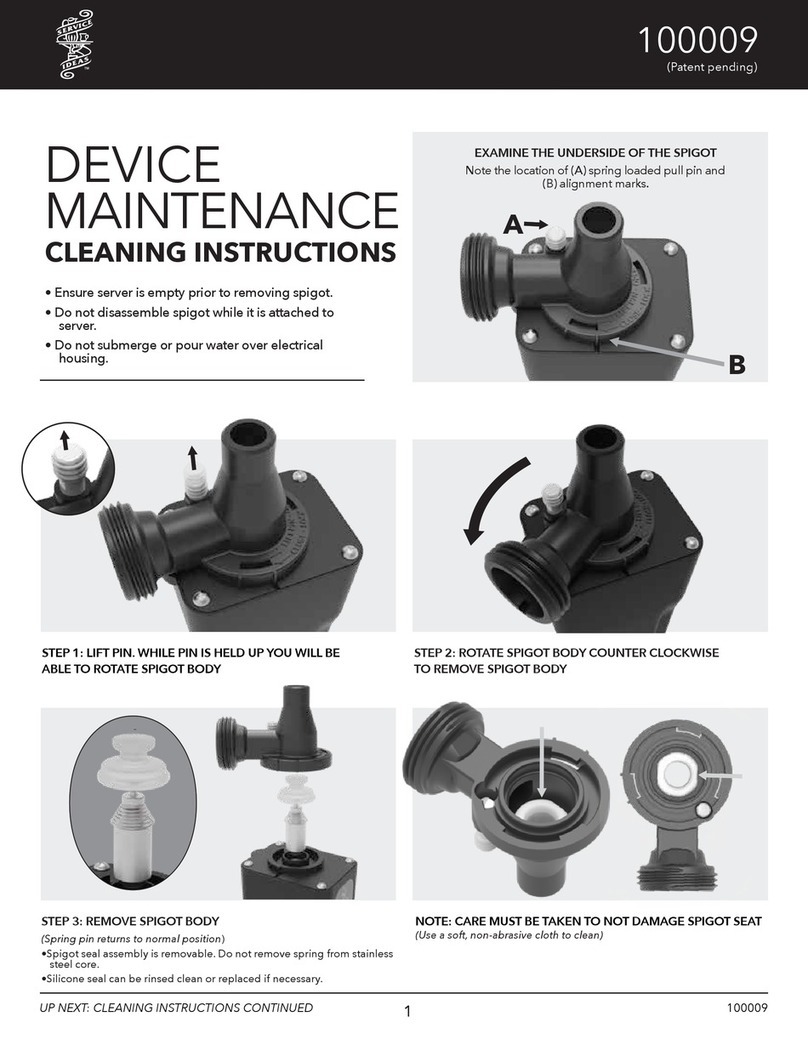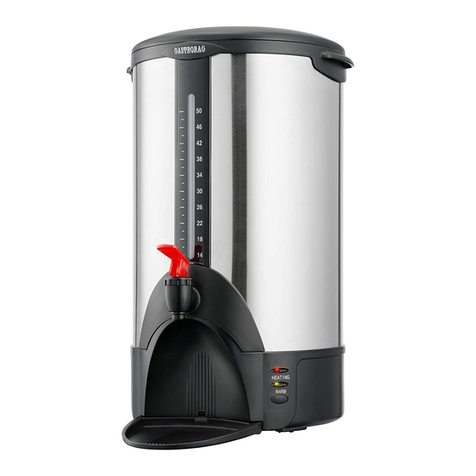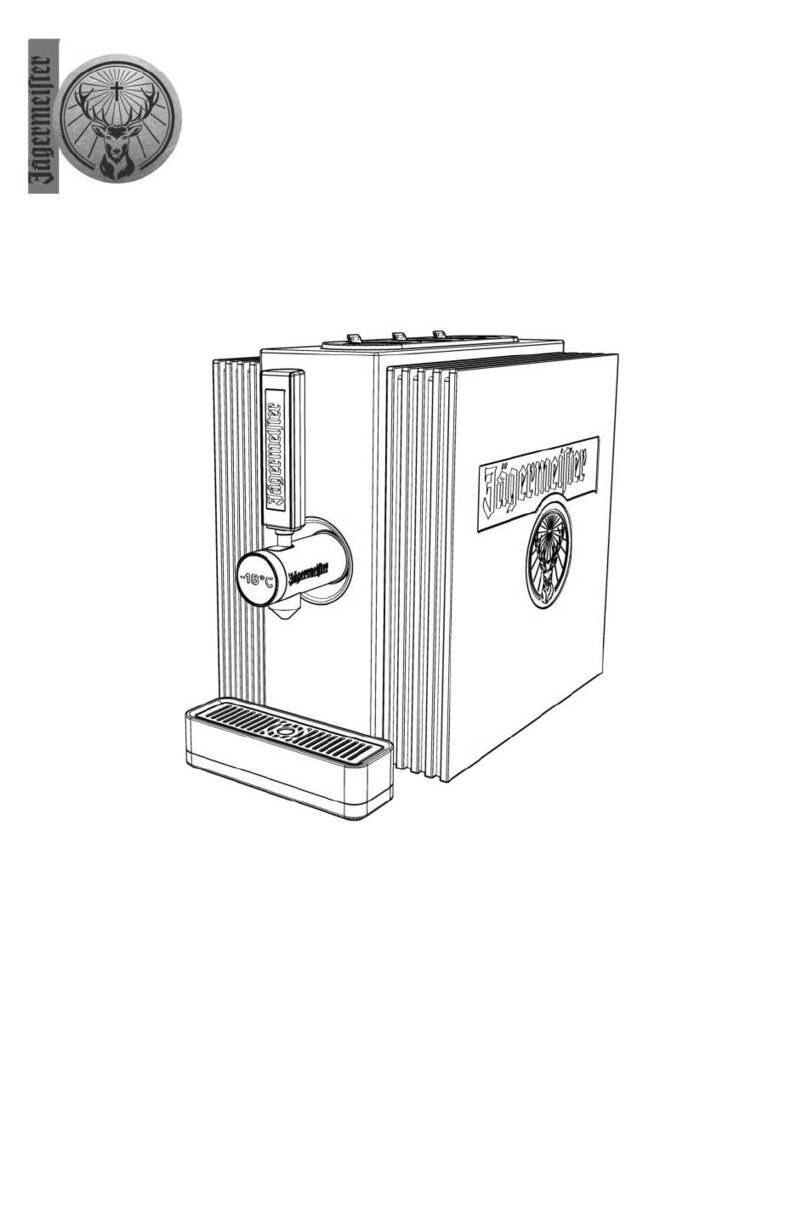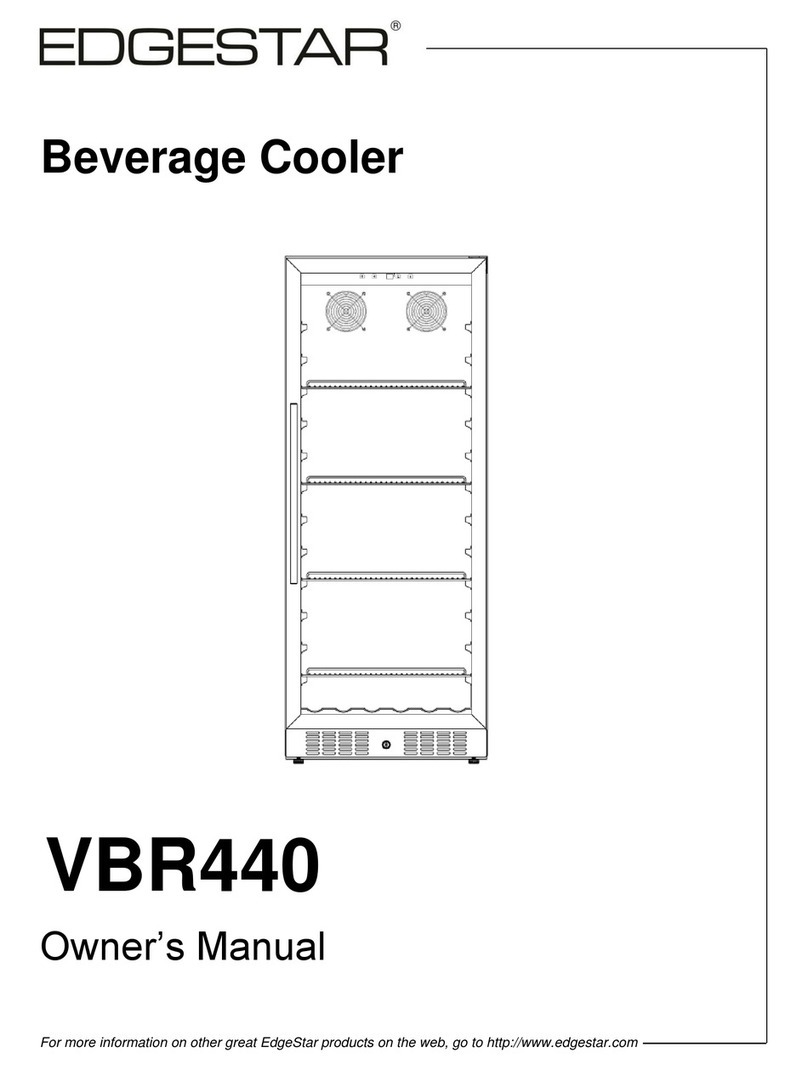
Table of Contents
Safety Warning..................................................................................................................................................................1
Introduction and Installation ..............................................................................................................................................1
Disassembly and Cleaning................................................................................................................................................2
Assembly and Lubrication .................................................................................................................................................6
Sanitizing ........................................................................................................................................................................19
Operation (Filling and Starting) .......................................................................................................................................10
Helpful Hints....................................................................................................................................................................11
Consistency Adjustment..................................................................................................................................................12
Routine Maintenance ......................................................................................................................................................13
Troubleshooting Guide....................................................................................................................................................14
Troubleshooting Glossary ...............................................................................................................................................15
Exploded View.................................................................................................................................................................16
Exploded View (Outback)................................................................................................................................................17
Wiring Diagrams..............................................................................................................................................................18
Service Record................................................................................................................................................................20
TABLE OF CONTENTS iii
Illustrations
Fig. 1 Leg Installation...............................................................................................................................................1
Fig. 2 Control Switch................................................................................................................................................2
Fig. 3 Do Not Insert Objects!....................................................................................................................................2
Fig. 4 Dispensing Product........................................................................................................................................2
Fig. 5 Dispensing Product........................................................................................................................................3
Fig. 6 Front Plate Assembly.....................................................................................................................................3
Fig. 7 O-Ring Removal.............................................................................................................................................3
Fig. 8 Dasher Assembly...........................................................................................................................................4
Fig. 9 Scraper Blade Removal.................................................................................................................................4
Fig. 10 Drip Tray Assembly........................................................................................................................................4
Fig. 11 Cleaning ALL Ports and Holes.......................................................................................................................5
Fig. 12 Dasher Lubrication.........................................................................................................................................6
Fig. 13 Dasher Assembly...........................................................................................................................................6
Fig. 14 Scraper Blade Installation..............................................................................................................................7
Fig. 15 Scraper Blade Wear Mark..............................................................................................................................7
Fig. 16 Dasher Installation .........................................................................................................................................7
Fig. 17 Dasher with Blade (Front View) .....................................................................................................................8
Fig. 18 Spigot Plunger Lubrication.............................................................................................................................8
Fig. 19 Front Plate Assembly.....................................................................................................................................8
Fig. 20 Drip Tray Assembly........................................................................................................................................8
Fig. 21 Do Not Insert Objects!....................................................................................................................................9
Fig. 22 Dispensing Product......................................................................................................................................10
Fig. 23 Mixout Light..................................................................................................................................................10
Fig. 24 Wiring Box....................................................................................................................................................12
Fig. 25 Electronic Consistency Control....................................................................................................................12
Fig. 26 Scraper Blade Wear Mark............................................................................................................................13
Fig. 27 Clean Sharp Condenser Fins.......................................................................................................................13
